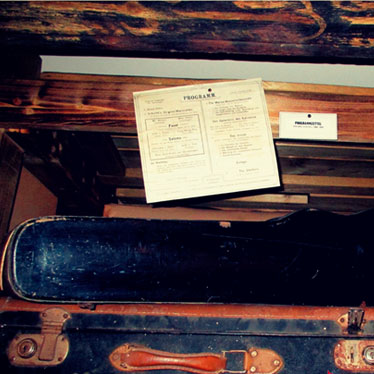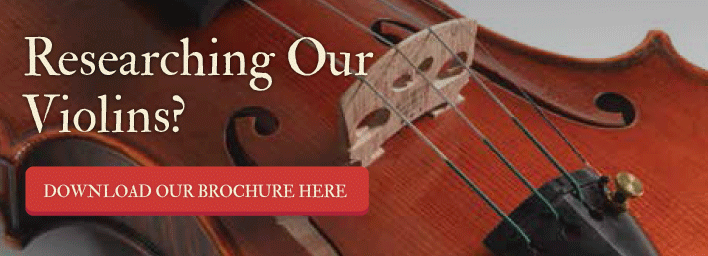How To Fix A Broken Violin Case

Violin cases come in all shapes, sizes, and qualities. But, they are terribly important. Your violin is an investment and the case helps protect it from mishaps and keeps it from being damaged by careless whacks or accidental bumps, blows, and collisions.
However, since your violin case is taking the brunt of all those hard knocks, after a while, it can start looking like a movie prop from “The Day After.” And while surface flaws don’t affect its function, they aren’t very pretty, and structural damage needs to be fixed right away. Therefore many students and parents wonder if a do-it-yourself repair is possible for a violin case, and if so, how to perform it.
The first things to consider when deciding about trying to fix a violin case yourself are: the type of case and the severity of the problem. Some problems are easier than others to fix yourself, and although it’s possible to restore almost any damage, often the cost and time involved in a restoration would make it unrealistic. For serious damage to the structure and body of your violin case, you’re often better off just purchasing a brand new one. And if you’ve been using a fabric case or bag to carry your violin, now is the time to go ahead and upgrade to a hard-body case.
Relatively Easy Fixes
Depending on how handy you are at working with tools, or your level of ‘craftiness,’ some minor repairs are fairly simple to do.
Loose liner material—First remove your violin and all of the items in your case (do this before starting any case repair job) to a safe location while you’re working on your case. Gently pull back the affected area(s), and using a butter knife or plastic scraper, and loosen and remove any residual glue.
Check to ensure that there aren’t any rips or tears in the fabric. If there are, go ahead and apply a non-heat fabric fuser to the damaged material. (You can purchase it in the sewing section of most department stores, and it’s like tape or glue, so it’s pretty easy to use. You’ll just need to add a small swatch of thin fabric so that your liner has something to stick to and so that the rip won’t come apart again.) Once you’ve prepared the liner, glue it in place using craft glue or a spray adhesive. Be patient and take you time, smoothing each section as you go.
Broken Handles and Latches—First, visit your local dealer to see if replacement case parts are available, if not, there are tons of places online that carry them and they are generally inexpensive unless you want to adorn your case with a precious metal.
Measure the size and distance between the attachments on the piece you’re replacing, and try to match your existing parts as close as possible. That way you won’t have to drill new holes in your case. Carefully peel back the lining and any foam behind the latch or handle to expose the rivet ‘legs’ (two metal spikes that are hammered into your case) and using needle nose pliers, bend them back up so that you can remove the original rivet. Make sure the hole is completely cleared and any metal shards are disposed of properly.
Install the new part to your case with the rivets or small bolts that are included with the new part, and replace the liner with basic craft glue or spray adhesive.
Veneer—You can go online to order veneer material from a craft or hobby shop, or you can spend some time trolling flea markets to see if you can find something that matches. Cut strips of new veneer to fit, and attach them using a spray adhesive.
Case Repair Challenges
Although the most common fixes deal with latch mechanisms and handles, occasionally a violin case is subjected to serious damage. The body itself is crushed, dented, or mangled in a way that prevents it’s use. If that happens, there are really only three choices: purchase a new case, take it to a specialty shop for complete restoration (if possible), or use your advanced carpentry and upholstery skills to reconstruct the damaged area using upright slats of wood clamped together and a hand-made form to shape the top and back.
Since most of us are lacking in the type of carpentry talent that is required, and the fix may end up costing more than a new case, often your best solution is a new purchase.
There are some amazingly sturdy, strong cases available and they come in a variety of colors, materials, and styles. You are sure to find one that not only matches your violin, but that offers lasting protection at a price you can afford.


